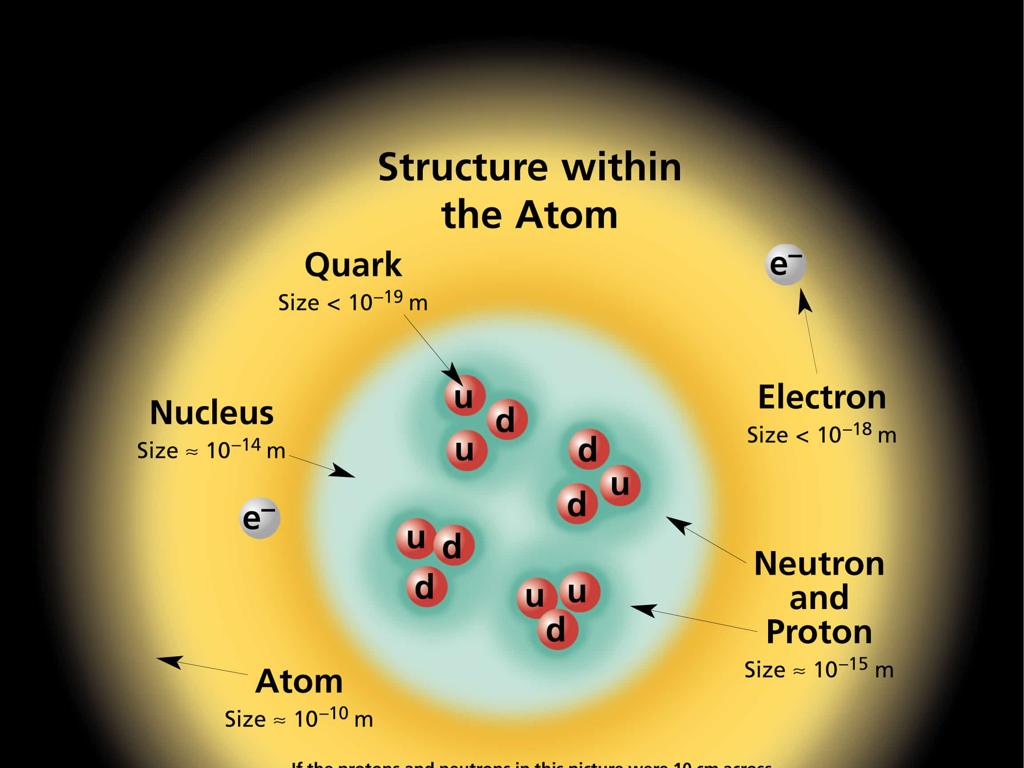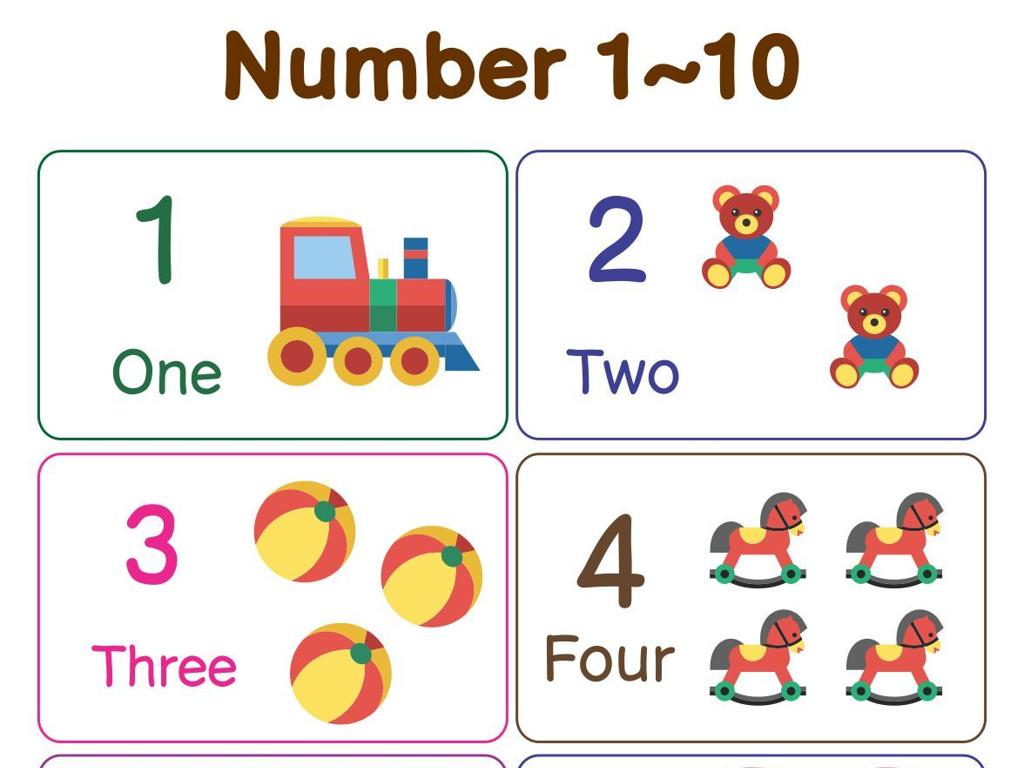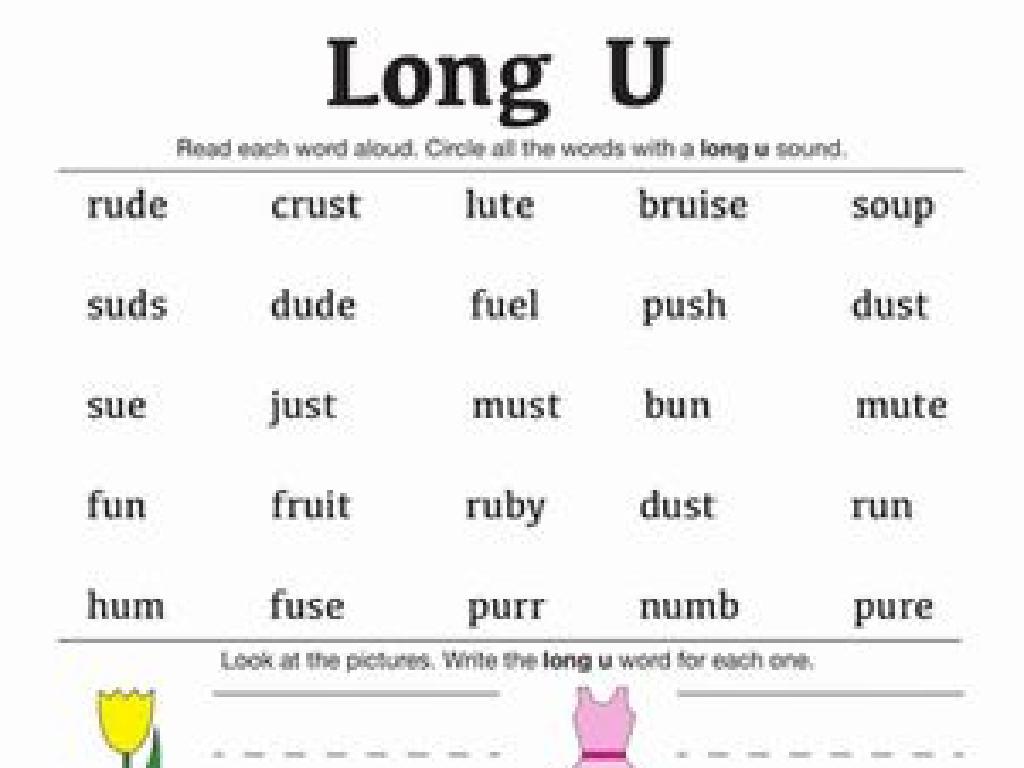Congruence Statements And Corresponding Parts
Subject: Math
Grade: Seventh grade
Topic: Congruence And Similarity
Please LOG IN to download the presentation. Access is available to registered users only.
View More Content
Understanding Congruence and Similarity
– Define congruence in geometry
– Congruent shapes are identical in size and shape
– Criteria for shapes to be congruent
– Shapes are congruent if all corresponding sides and angles are equal
– Corresponding parts of congruent shapes
– Matching parts of congruent shapes are called corresponding parts
– Congruence vs. similarity
– Similar shapes have proportional sides but same angles
|
This slide introduces students to the fundamental concepts of congruence and similarity in geometry. Congruence refers to two shapes that are exactly the same in size and shape, meaning all corresponding sides and angles are equal. Emphasize that for shapes to be congruent, all corresponding parts must match. Corresponding parts include angles and sides that are in the same position in different shapes. Contrast this with similarity, where shapes have the same angles and proportional sides but may differ in size. Use visual aids to help students differentiate between congruent and similar shapes. Encourage students to think of real-life examples where congruence is important, such as in manufacturing identical parts for machinery.
Understanding Congruence in Geometry
– Define congruence in geometry
– Congruence means two figures have the same shape and size.
– Congruent shapes: identical in form
– Two figures that are the exact match, like two identical triangles.
– Real-life congruent object examples
– Everyday items like two same-sized paper sheets or matching socks.
|
This slide introduces the concept of congruence, which is a fundamental idea in geometry. Congruence refers to the exactness in shape and size between two figures. It’s crucial for students to understand that congruent shapes can be rotated, flipped, or moved, but they remain identical in every aspect. Use everyday examples to illustrate congruence, such as two identical keys, a pair of gloves, or tiles on a floor. This will help students relate the concept to the real world and better grasp its practical applications. Encourage students to bring in examples of congruent objects to the next class for a hands-on learning experience.
Corresponding Parts of Congruent Shapes
– Identify corresponding parts
– Parts that are in the same position in different shapes
– Corresponding angles and sides
– Angles/sides that match in size and position
– Notation for corresponding parts
– Use symbols like A E D to show angle congruence
– Practice with congruent shapes
|
This slide introduces students to the concept of corresponding parts within congruent shapes, which are crucial in understanding congruence in geometry. Start by explaining that corresponding parts are elements (angles or sides) that are in the same relative position in different shapes. Emphasize that when shapes are congruent, all corresponding angles are equal, and all corresponding sides are equal in length. Teach students the notation for expressing congruence, such as using the congruence symbol (E) to show that two angles or sides are congruent. Provide practice examples where students identify corresponding parts in various pairs of congruent shapes to solidify their understanding. The notes should guide the teacher to encourage active participation and to check for understanding throughout the lesson.
Crafting Congruence Statements
– Writing a congruence statement
– Use the format: Shape 1 E Shape 2, matching corresponding parts
– Order matters in congruence
– The sequence of vertices in the statement shows which parts are congruent
– Practice with shapes
– Apply knowledge to write statements for various geometric figures
– Understanding congruence
|
This slide introduces students to the concept of congruence statements in geometry, emphasizing the importance of order when writing them. A congruence statement is a way to express that two shapes are identical in shape and size, with corresponding sides and angles that are congruent. The order of vertices in the statement is crucial as it indicates which parts of each shape correspond to each other. During class, provide students with different shapes to practice writing their own congruence statements, ensuring they understand that the order of vertices must match the corresponding parts. This exercise will help solidify their understanding of congruent shapes and how to express congruence formally.
Congruent Triangles: Proving Congruence
– Triangle congruence criteria
– SSS, SAS, ASA, AAS, HL explained
– Proving triangles congruent
– Apply criteria to show congruence
– Real-world congruence examples
– Structures, objects with congruent parts
– Practice with congruence proofs
– Solve congruence problems in class
|
This slide introduces students to the concept of congruent triangles and the criteria used to prove congruence: Side-Side-Side (SSS), Side-Angle-Side (SAS), Angle-Side-Angle (ASA), Angle-Angle-Side (AAS), and Hypotenuse-Leg (HL). Students will learn how to apply these criteria to demonstrate that two triangles are congruent. Real-world examples, such as engineering and architecture, where triangle congruence is essential, will be discussed to help students understand the practical applications. The slide will also set the stage for a class activity where students will practice applying these criteria to prove triangle congruence through various problems, enhancing their understanding and skills in geometric proofs.
Class Activity: Congruence Hunt
– Pair up and get the worksheet
– Find congruent shapes in class
– Write congruence statements
– For example, if two triangles are congruent, write: ABC E DEF
– Discuss corresponding parts
– Explain how you decided which sides or angles match
|
This interactive activity is designed to help students apply their knowledge of congruence in a fun and engaging way. Provide each pair with a worksheet that includes instructions and space for writing congruence statements. Scatter various pairs of congruent shapes around the classroom before the lesson. Students should identify each pair and write the correct congruence statement, ensuring they understand which parts correspond (e.g., side AB corresponds to side DE). After the hunt, facilitate a class discussion where students share their findings and reasoning. This will reinforce their understanding of congruence and corresponding parts. Possible variations of the activity could include finding non-congruent shapes, creating their own congruent shapes, or matching congruent shapes with written statements.
Review and Reflect: Congruence in Geometry
– Recap of congruence concepts
– Significance of congruent figures
– Understanding congruence helps in identifying shapes with exact match.
– Congruence in real-world scenarios
– Use congruence to solve puzzles, design, and architecture.
– Applying congruence knowledge
– How to use congruent shapes to determine if two parts will fit together.
|
This slide aims to consolidate the students’ understanding of congruence and its corresponding parts. Begin by reviewing the key points from the lesson, ensuring that students can identify congruent figures and understand the notation used in congruence statements. Discuss the importance of congruence in various fields such as engineering, art, and architecture, where precise measurements are crucial. Encourage students to think of examples where congruent parts are essential, such as fitting pieces in manufacturing or tiling patterns. Conclude by asking students to reflect on how the knowledge of congruence can be applied in real-world problems, reinforcing the practical applications of the concepts learned.
Homework: Exploring Congruence
– Complete congruence worksheet
– Find congruent shapes around you
– Look for objects with the exact shape and size
– Document your congruent shape examples
– Take pictures or draw the shapes you find
– Share your findings in class
|
This homework assignment is designed to reinforce the concept of congruence learned in class. Students are tasked with completing a worksheet that will challenge their understanding of congruence statements. Additionally, they are encouraged to observe their environment to find real-life examples of congruent shapes, which helps them connect mathematical concepts to the world around them. They should document these examples by taking photos or sketching. In the next class, students will have the opportunity to share their findings, fostering a collaborative learning environment where they can learn from each other’s observations.





